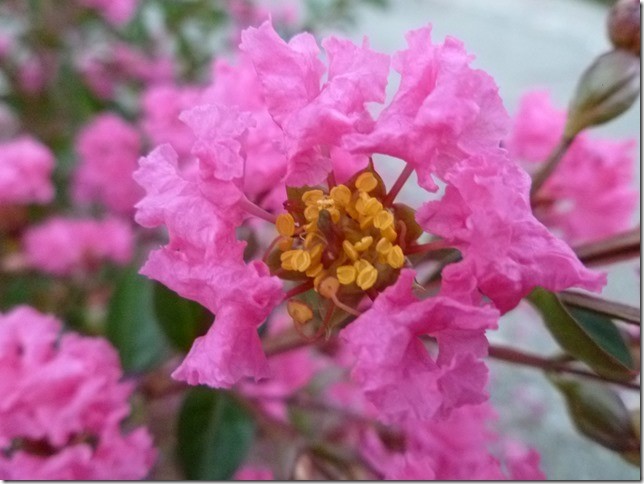These fast growing trees add a tropical look to our northwest gardens with their sweet smelling blooms at the end of summer. The flowers of these trees range in colors from red to white, and have also evolved to attract pollinators by producing two types of pollen. One is a false bee friendly pollen that is well suited for bee digestion, and that other pollen is used for fertilization. These trees have also been known to produce honeydew if aphid infestations get out of control, which would also attract bees when nectar is scarce. Originating from Southeast Asia, they have moderate water requirements and some newer hybrid varieties are able to perform well here in the northwest if given a full sun location. Crape Myrtles produce flowers on new growth and will need light pruning to keep them in shape. In addition to their late summer flowers they also have striking fall color when their leaves change as well as attractive multicolored peeling bark.
